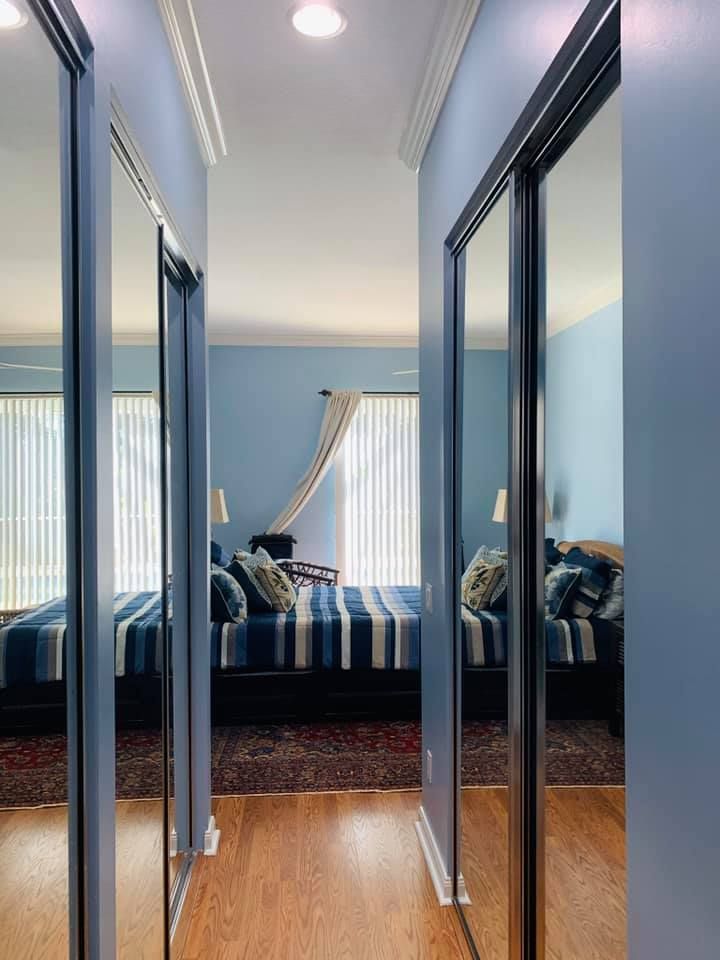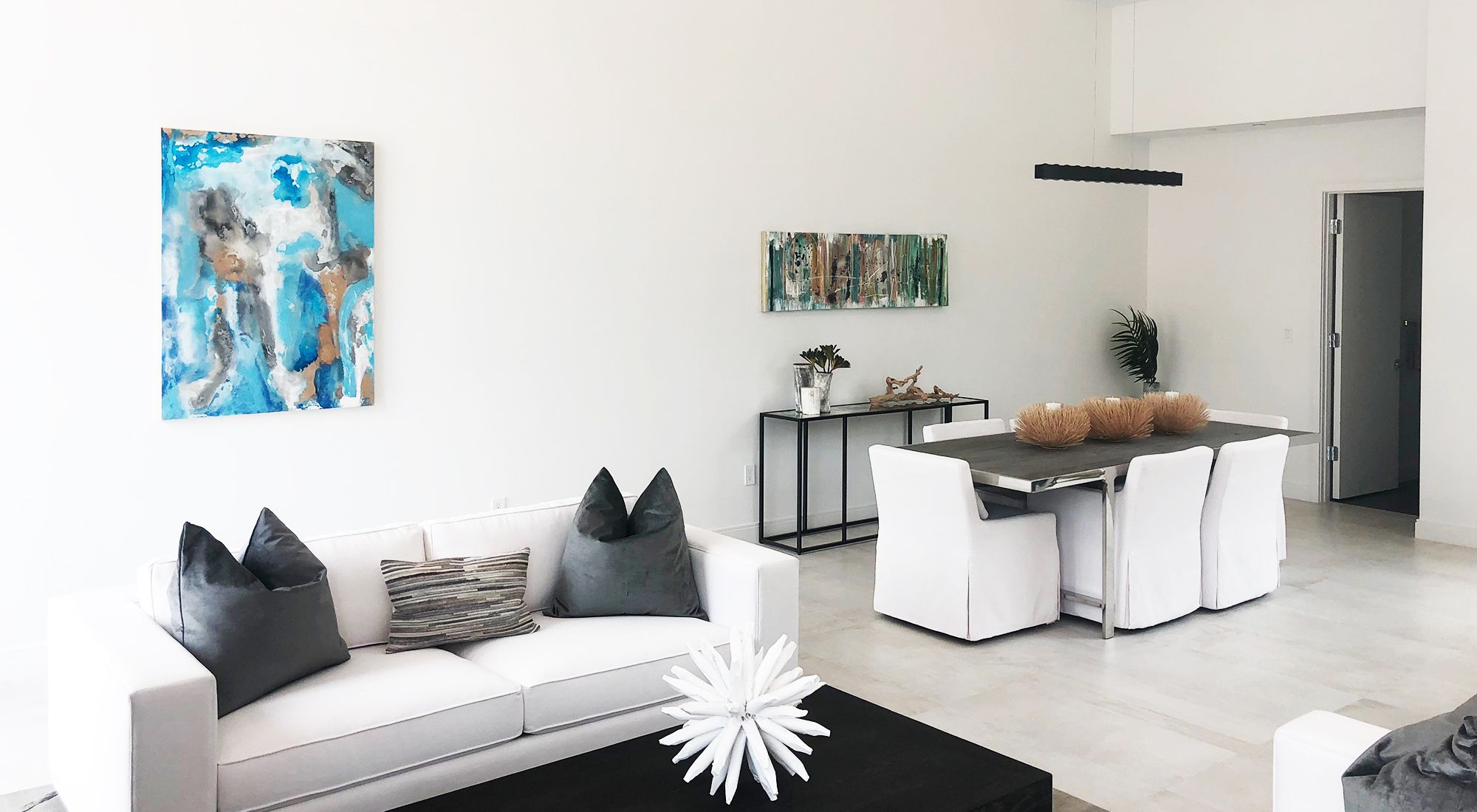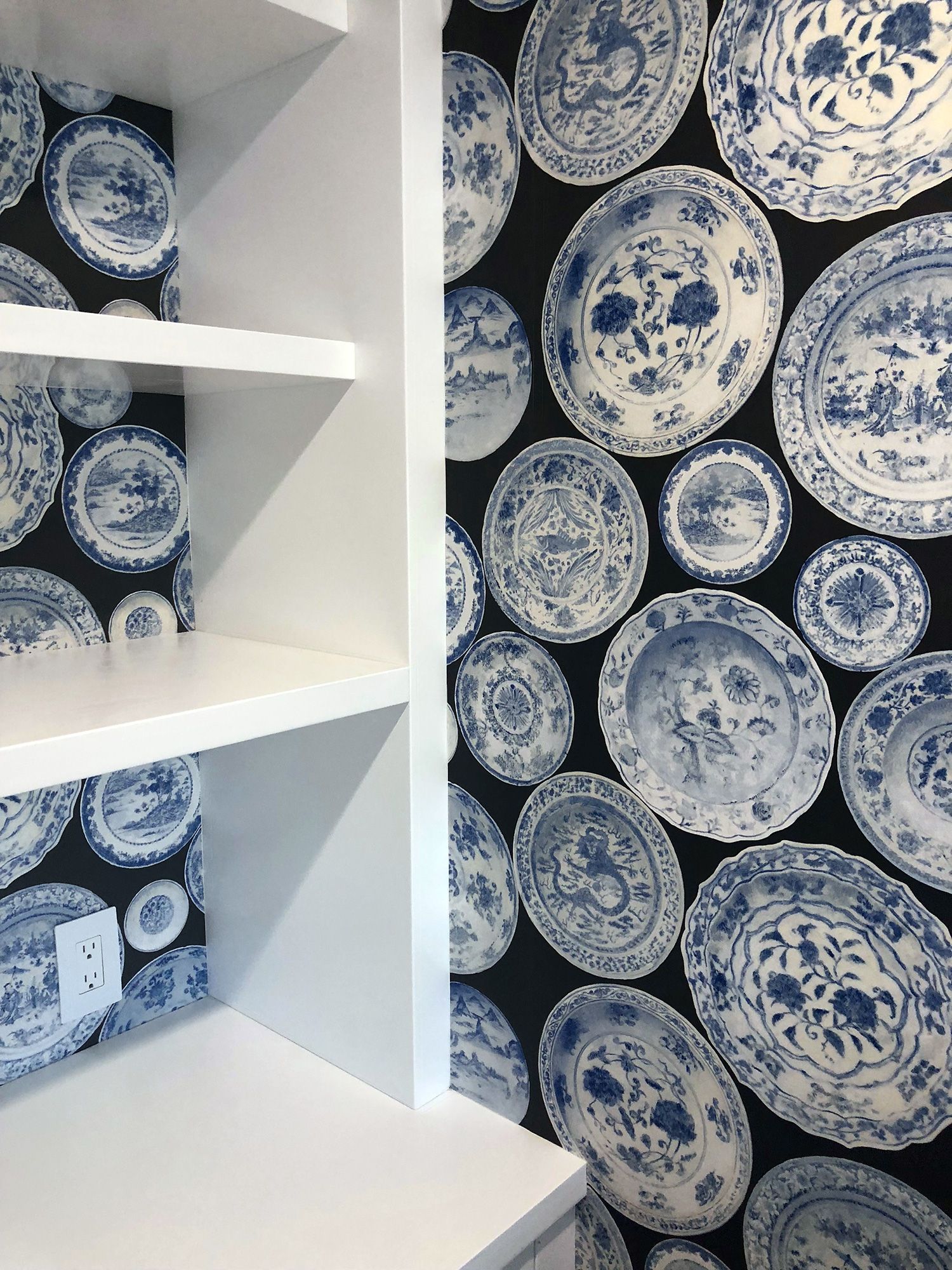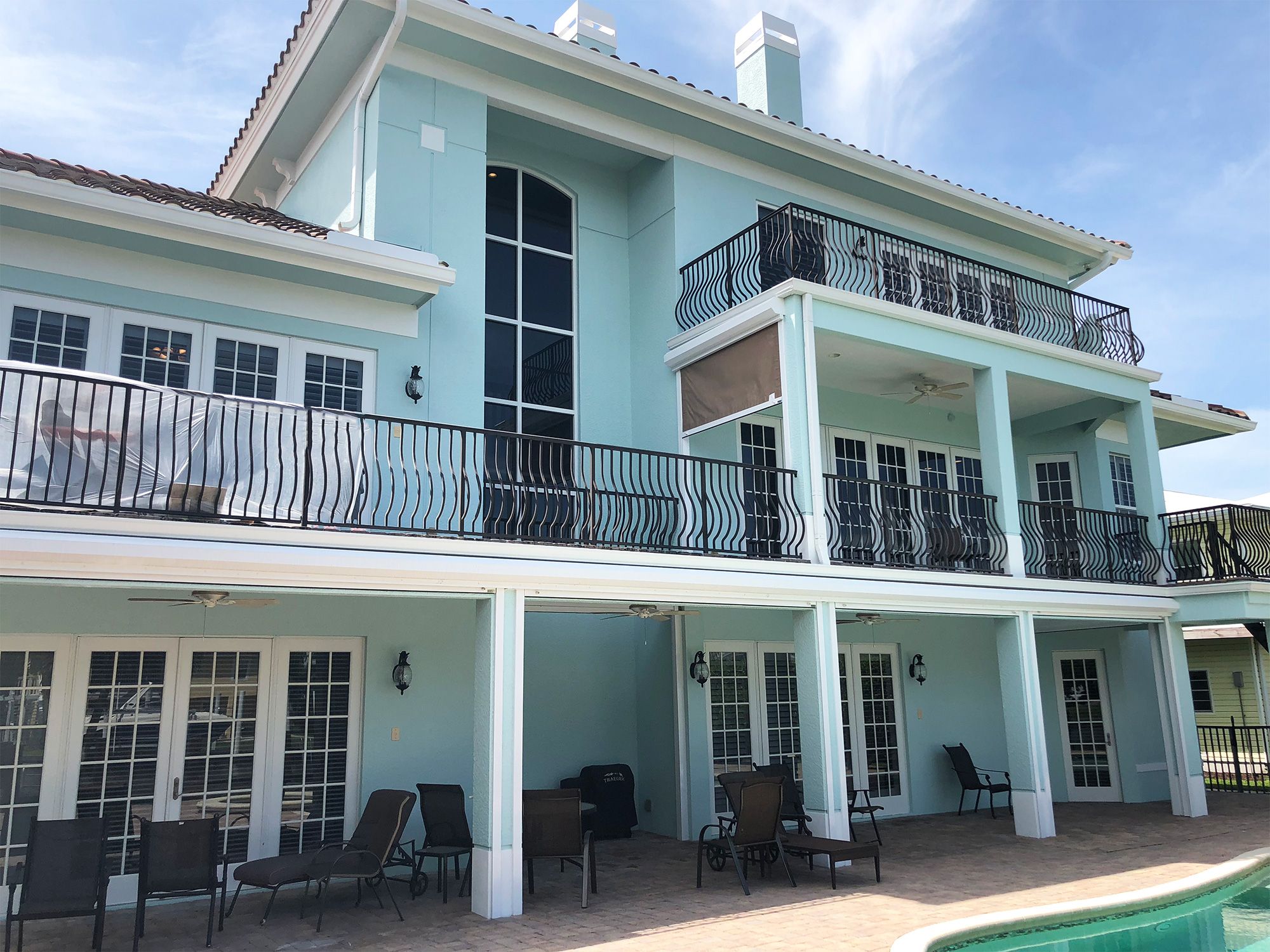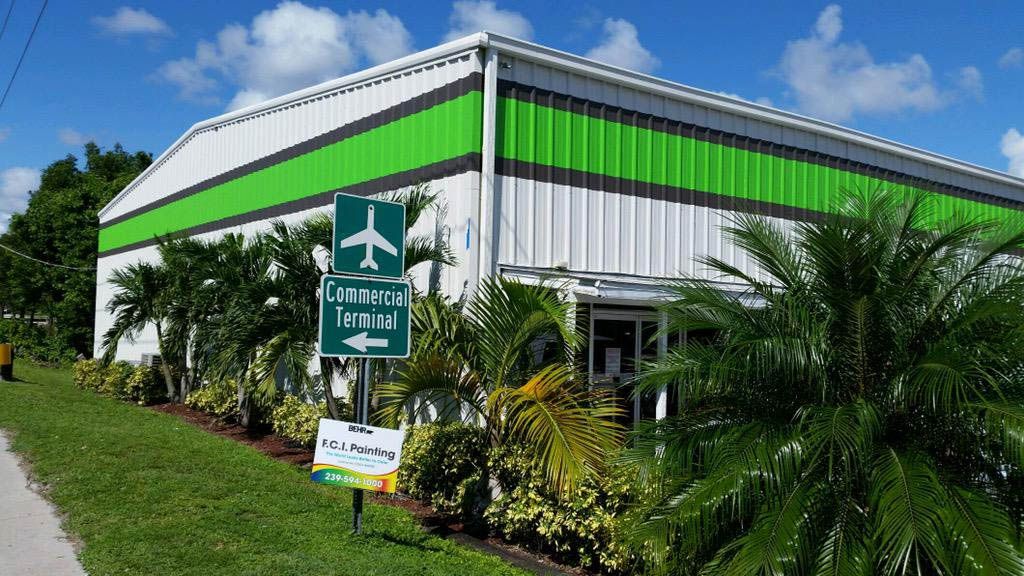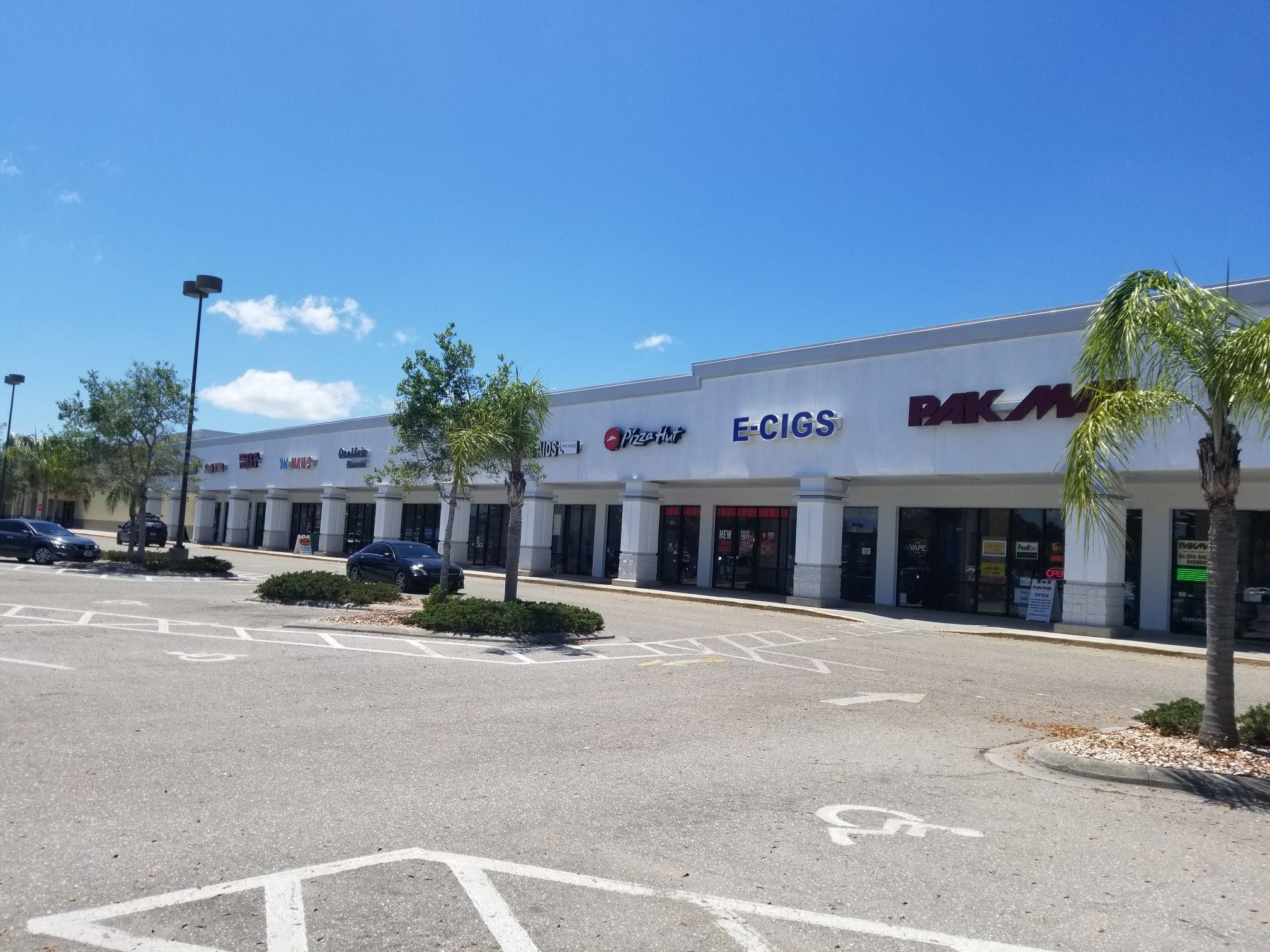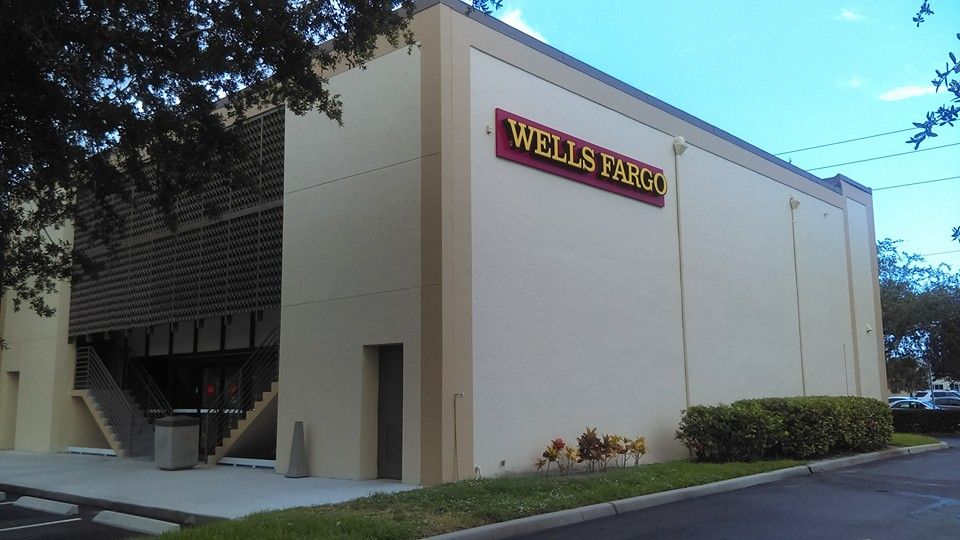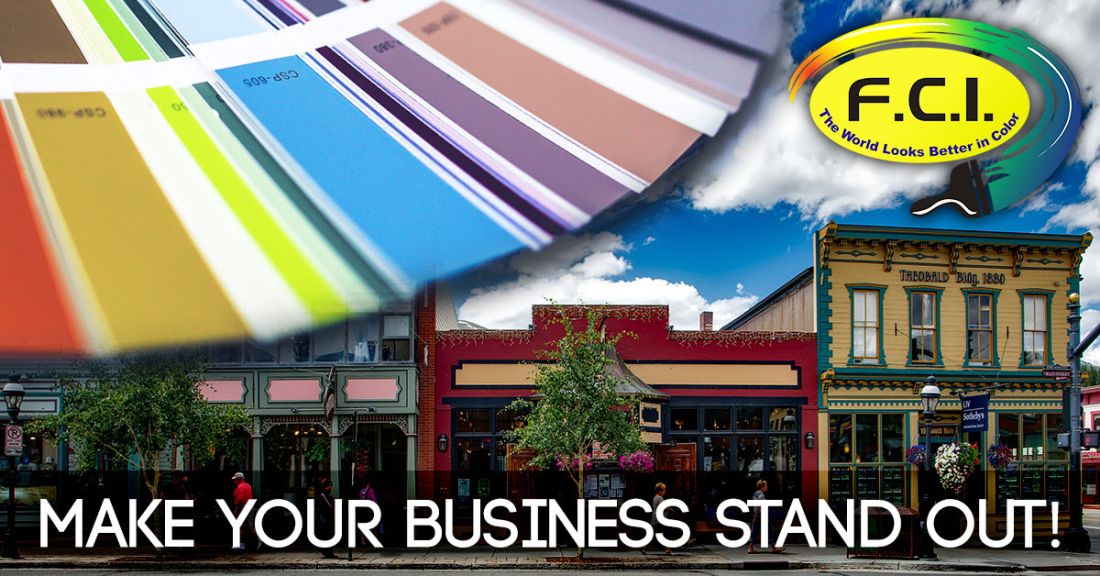
How Building Color Can Bring in More Clients
Make Your Business Stand Out!
When customers visit a business they generally arrive with certain expectations. While courtesy and professionalism are usually tops on that expectation list, in many cases cleanliness can rank equally high. Given that nothing looks cleaner than a fresh coat of paint and that the exterior of your building marks a potential customer’s first impression of the business, maybe it’s time to consider a fresh coat of paint for your business’s exterior.
If your business has a dedicated corporate color scheme, or the building associated with your enterprise has always been the same color, the choice of paint coloring is probably dictated by past decisions. Likewise, if your business has a logo with a specific color scheme, you may need to choose building colors in a way that highlights or matches the logo. However, should your choices be more open, you should carefully consider your building colors, because the colors you choose may help bring in more potential clients and/or lead to more business.
Use Psychology in Choosing Your Building Paint Color
Psychologists have long known that colors can evoke emotional responses in people, and marketers utilize color in their efforts to influence customers. Consider that research has shown that colors can increase brand recognition by 80 percent, and that print ads in color are read more than 40 percent more than similar ads in black and white. Color can even influence the perception of temperature. Walls painted in warm colors, such as orange and red, generally make people think a room is warmer than it actually is, while cold-colored walls, such as blue and green, make people lower their temperature estimates.
People’s perceptions of—and response to—colors can and do vary. Genders display distinct differences in their color preferences, with men generally known to prefer stronger colors, while women tend to prefer softer hues. Distinct cultures may perceive colors and their meaning differently than the mainstream, and individuals may acquire subtle color biases as a result of past experiences.
Psychologists and marketers have developed various rules of thumb with regard to colors and business that may help you determine the right color choices for your building. Let’s consider a few of these rules in relation to the most common colors:
Blue
Known as the most popular color, blue is used in branding by 35 percent of the Forbes list of 100 most valuable brands. Its status as a favorite color is thought to have evolved from the pleasant association we have with seeing the blue sky, or the blue of water. Marketers believe blue is associated with trust, integrity and communication.
Red
Used in branding by 30 percent of the Forbes list of 100 most popular brands, red can send mixed messages. On the one hand it conveys warnings, such as the red in a “Stop” sign, but it can also signify anger, as evidenced by a face reddened by rage, or angering a bull with a red cape. With branding it is thought to connote power and passion.
Green
Green can invoke mixed messages, as well. Your first thought might be that it conveys a sense of nature and regrowth, which is correct, and “green” is all about the environment. In branding It also represents “money,” the pursuit of which can be diametrically opposed to green goals.
Yellow
Yellow is an interesting color in that most people don’t rank it high on their favorite colors list, but those who do like it tend to like it a lot. It is the most visible color one can see in daylight, and, while not popular with the majority of people, is considered a “happy” color.
Orange
Orange is thought to represent high energy, but is also associated with good value.
Tide and other cleaning brands use orange in their branding to suggest industrial strength; while Home Depot’s orange is supposed to be suggestive of good value.
Pink
Considered a kid’s color or effeminate, pink is also believed to have a calming influence. In fact, this influence is believed by some to be energy draining, which is why many sports teams paint their visitor’s locker room pink.
White
While it may not be considered a true color depending upon who you speak to, white is used as a color in branding (and certainly as building colors), though usually to offset other colors. White represents a bright, clean look, though marketers warn that it should not be overused as white can be suggestive of boredom.
Black
Black is not a color, and instead serves to absorb the colors of the visible spectrum. Similar to white, it can be very effective at offsetting other colors. When used in branding it is generally tied to the ideals of luxury and refinement.
Type of Business May Also Guide Color Choice
Ultimately, the type of business you are engaged in will help dictate your color choices as well. Much as toy store owners would not likely paint the exterior of their building black, funeral home proprietors would likely refrain from using a bright red color scheme. A law firm’s building might seem a bit off-putting if painted blue and yellow, but would probably look quite professional in black and white.
If you’re having a hard time choosing the perfect color scheme for your building, it might be time to call in some professional help. Serving the Naples, Fort Myers and Bonita Springs area, FCI Painting has been helping businesses with their interior and exterior painting needs for more than 20 years. You can find us online or by calling (239) 435-1001.

